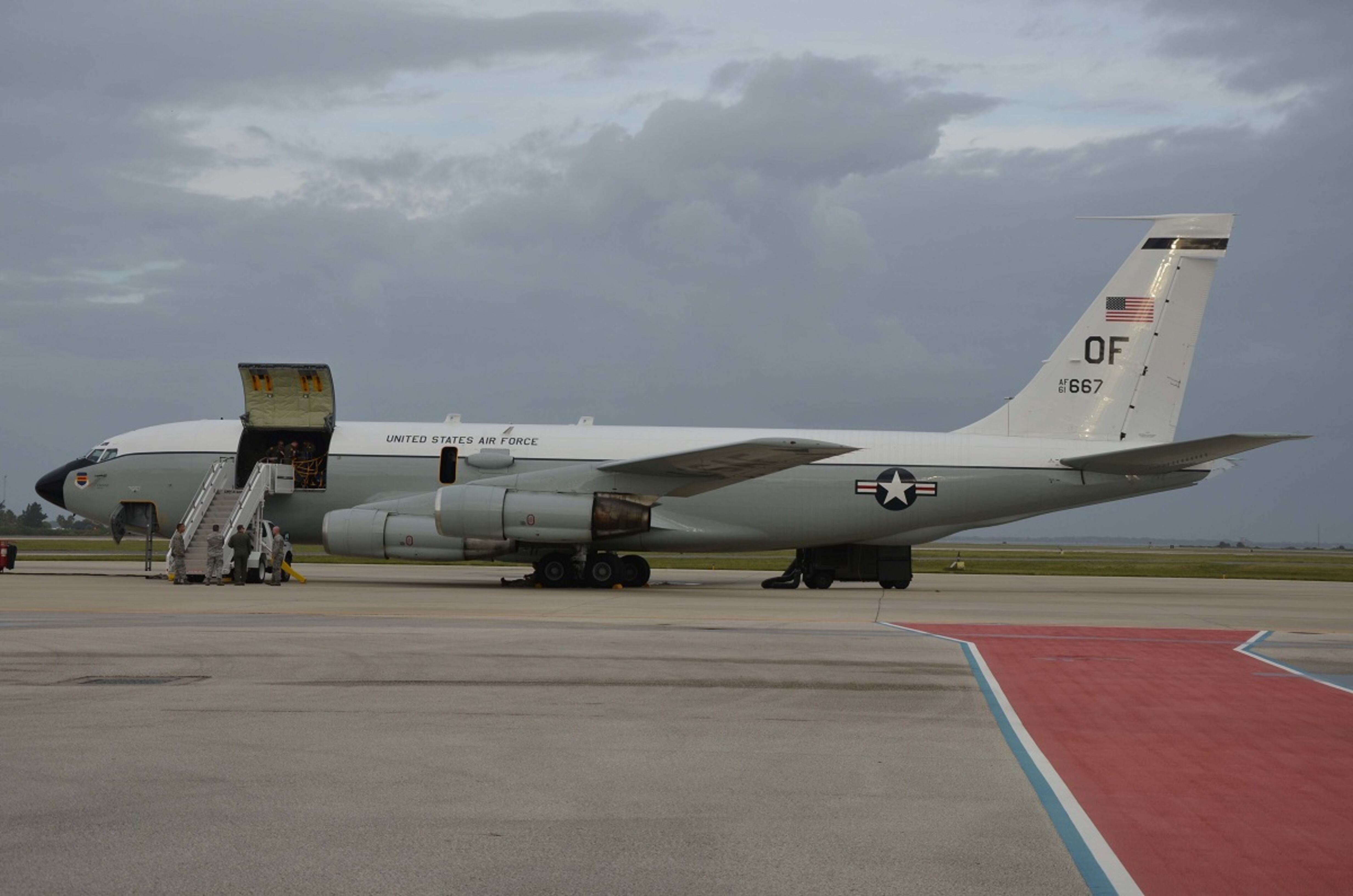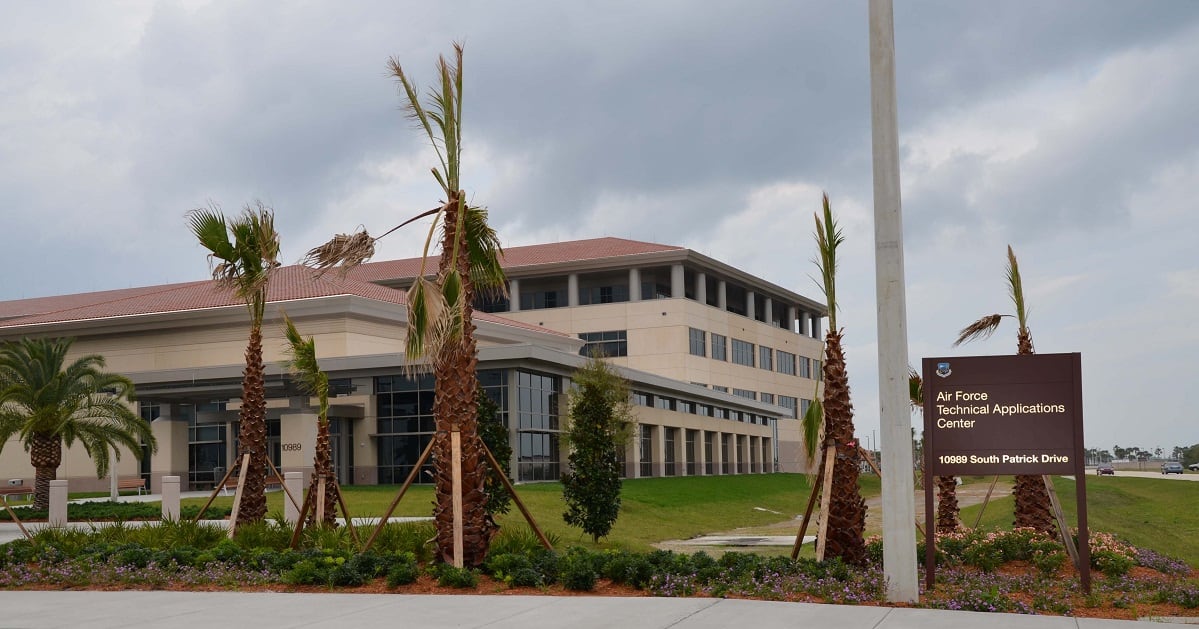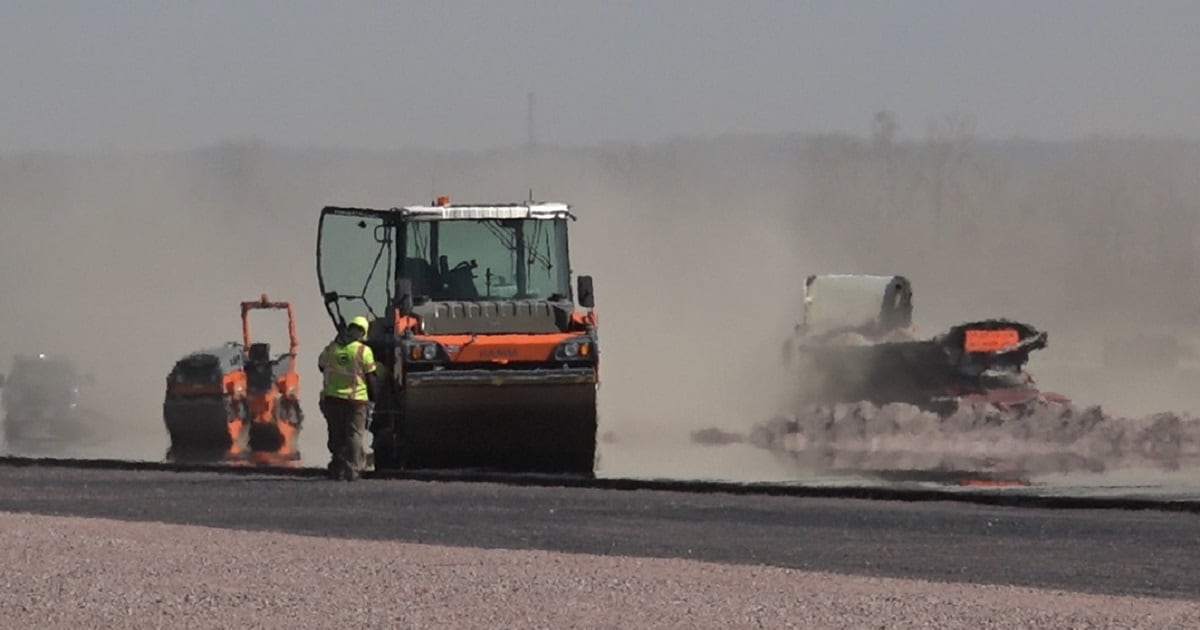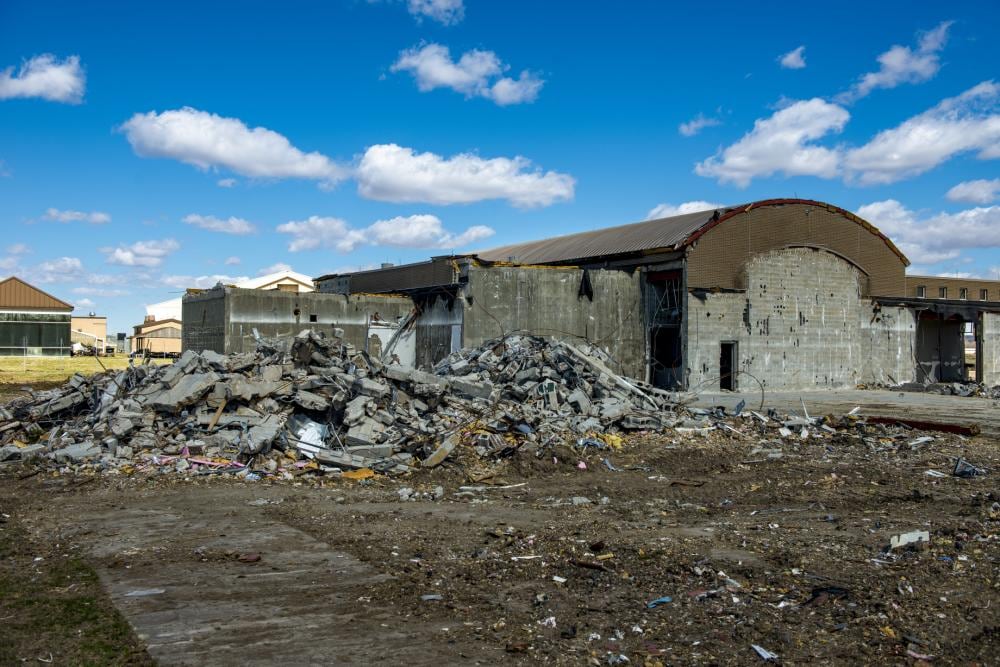Crew members from Offutt Air Force Base’s 55th Wing in Nebraska feasted their eyes last week on something they hardly ever get to see: a new plane.
Well, sort of new.
The WC-135R “nuke-sniffer” jet that landed July 11 at the Lincoln Airport — the 55th’s temporary operating base while Offutt’s runway is replaced — was actually built in 1964.
RELATED

The former aerial New Hampshire Air National Guard refueling tanker has been refitted with new equipment capable of detecting atmospheric radiation, and updated with modern “glass cockpit” controls. And it has the same newer, quieter turbofan engines as the rest of Offutt’s RC-135 reconnaissance fleet.
“We have a jet here that the Air Force hasn’t seen before,” Lt. Col. Chris Crouch, commander of the Offutt-based 45th Reconnaissance Squadron, said in a statement. “We will have a lot more range to get to op areas that we were never able to reach before.”
It is the first of three refurbished National Guard KC-135s slated for delivery to the 55th Wing during the next year. All will fly the Constant Phoenix mission, collecting and analyzing air samples in support of the Limited Nuclear Test Ban Treaty of 1963.
The mission dates to the Cold War era. Its importance has grown as tensions with Russia rise and North Korea ramps up its missile-testing program with a series of launches this year.
“The world needs this capability to sense nuclear tests,” Rep. Don Bacon, R-Neb., a former 55th Wing commander, told The World-Herald in 2021.
RELATED

During the conversion, the long refueling booms are removed from the tankers and the planes’ avionics and flight systems are upgraded to match the 55th Wing’s other aircraft.
They also are equipped with small sensing pods on each side of the fuselage, over the wing. Filters inside the pods capture tiny particles from a nuclear blast, giving analysts important information about the composition of the bomb or radiation source.
The work is being done in Greenville, Texas, by the 645th Aeronautical Systems Group, long known by its nickname, “Big Safari.”
The three new planes are replacing two decrepit WC-135s that have undergone few upgrades since Boeing built them in 1961 and 1962 and in recent years were notorious “hangar queens.”
RELATED

One of the planes, a WC-135C with the tail number 62-3582, was retired in November 2020 during a tongue-in-cheek retirement ceremony before it was flown to a desert scrapyard in Arizona. Crew members described infuriating breakdowns and harrowing flights aboard an aircraft that the 45th Reconnaissance Squadron’s chaplain nicknamed “Lucifer’s Chariot.”
The second, a WC-135W with the tail number 61-2667, will continue flying for a few more months. But it has one of the worst maintenance records in the Air Force.
In fiscal year 2021, the plane had a “mission-capable” rate of 48%, according to Air Force data published by the Air Force Times, meaning it was capable of carrying out scheduled missions less than half the time. And it had a “break” rate of 47%, meaning it returned from almost half of its missions needing significant repairs. Early last year, it was sidelined in Australia for nearly two months because of hydraulic problems.
At the urging of Bacon and Nebraska Sen. Deb Fischer, Congress approved $218 million in 2019 and 2020 to refurbish the three planes for the Constant Phoenix mission. The decision also followed a World-Herald investigative series, called “In-Flight Emergency,” in 2018 that spotlighted maintenance problems with the 55th Wing’s fleet of C-135 variant jets.
“Before we had to have a special cadre of very experienced aircrew who were able to fly with those old, small motors and deal with some of the issues they had,” Crouch said in the 55th Wing release. “Now we have a nice, updated, reliable jet that we can have any pilot, co-pilot and navigator fly on.”
RELATED

The delivery of new planes, or even refurbished ones, is a rare event for the 55th Wing. The last refurbished planes arrived in the mid-1990s, said Robert Hopkins III, a former RC-135 pilot who is now a Dallas-based historian of Air Force reconnaissance.
The last new planes were the RC-135 variants delivered in 1967 for several missions, including Rivet Joint and Cobra Ball. Many of those are still flying.
“This is a monumental moment for us,” said Col. Kristen Thompson, the 55th Wing’s commander, in the press release. She called the delivery of the WC-135s “a game changer.”
The next WC-135R is scheduled to arrive in the winter, according to the press release, and the third jet is expected in summer 2023.




